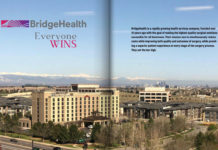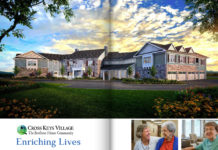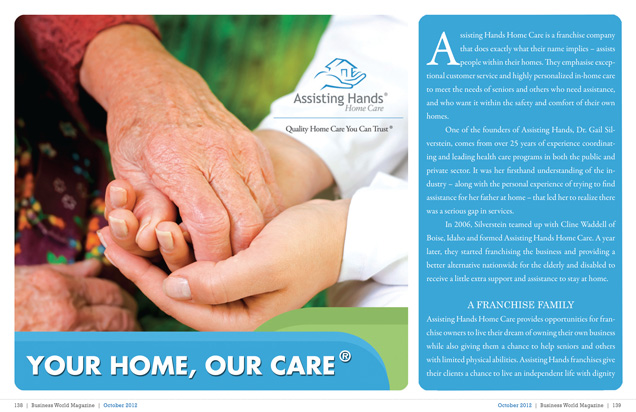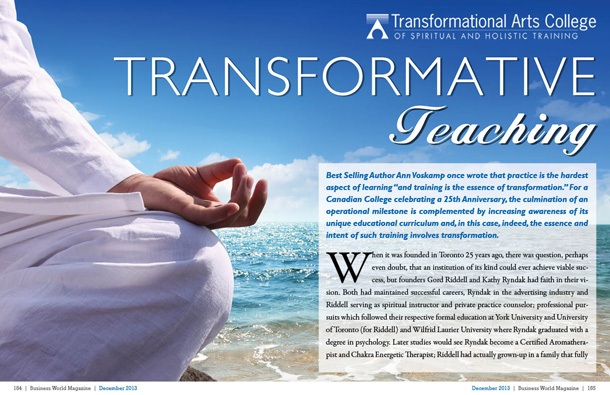Breathing new air into the industry
Ultimate Medical is a leading supplier of airway management devices with a long history in the laryngeal mask market. They are Australian owned and operated, selling both domestically (to state government and private hospitals) and internationally. Their aim is to separate themselves from their many competitors by developing niche airway management products and unique accessories for their range of laryngeal masks. Considering their success so far, it is safe to say that they are achieving that aim.
The laryngeal mask that Ultimate Medical manufactures and distributes is primarily used to provide a non-invasive method of maintaining a patient’s airway when they are anesthetised or asleep. The laryngeal mask has some specific advantages over its predecessor devices. “The traditional airway is called an endotracheal tube and is passed down the person’s throat and between their vocal cords,” explains Dr. Stuart Esnouf, the company’s Director. “The disadvantage of that airway is, firstly, the person has to be paralysed to put it in, and secondly, the airway does cause a lot of discomfort.” After using a traditional tube, it would not be uncommon for patients to have a sore throat or hoarse voice for a period of time afterwards. “The advantage of the laryngeal mask is it sits over the larynx and doesn’t cause as much as trauma,” he comments. For that reason, the laryngeal mask has become extremely popular in Australia and the UK and is currently gaining in popularity throughout the rest of Europe and the United States.
Ultimate Medical did not design the actual laryngeal mask device, it was instead designed by another company in the late ’80s. Today, Dr. Esnouf says there are probably between 20 and 30 companies in the world who manufacture that product. What Ultimate Medical does is design products that are similar but have specific improvements. For instance, they have a product called the Cuff Pilot valve, which is used with the laryngeal mask. Its function is to give the anaesthetist a visual indication of the amount of air pressure in the cuff in order to provide a controlled seal of the airway. “There are a lot of scientific papers and evidence that shows maintaining the pressure of the cuff, within defined boundaries, reduces the instances of sore throat and complications from the use of these masks.” The Cuff Pilot valve, Dr. Esnouf says, is a very important product differentiator.
Ultimate Medical makes other products as well. Their T-Bag, which is a unique product, is another notable piece of the company’s portfolio. The T-Bag provides post-operation oxygenation for patients, is the gold standard of its design, and Ultimate Medical has had tremendous success selling it both domestically and internationally.
Origins and challenges
The company began in 1995, and was founded by Esnouf and his partner Ed McKeon “Ed had been involved with the introduction of laryngeal masks in Australia in the previous seven or eight years,” recounts Esnouf. “He was looking specifically for, if you will, accessories – other products that would be used in conjunction with the laryngeal mask.” They were successful in that endeavour, and over time the company’s overarching focus expanded to include anaesthesia products in general.
Today, their challenge is the same it was back then – carving out a place for themselves in a crowded market. “I think the marketplace has been dominated by one specific player and a number of large companies that are smaller players but still pretty substantial companies. To get a foothold into that market it really requires some novelty in terms of our product.” Without that novelty, a generic product can be incredibly difficult to sell unless it is the most competitively priced. The example Dr. Esnouf gives is that of syringes. There are probably five or six major companies that make good quality syringes, so in this case market share is determined only by price. If you go to a hospital to sell a syringe, Esnouf says, you are going to have a tough time of it. Unless your syringe is 20 per cent cheaper, they probably will not even look at it. Ultimate Medical gets around that roadblock by making products that are sufficiently different and interesting to anaesthetists. “It’s a very aggressive and cutthroat business to be in. The trick, from our point of view, was to make a product that had a feature that set itself aside from the competition and allowed us to gain access to the market because we could promote the product based on this feature.”In Ultimate Medical’s case, they also promoted their product by backing it up with studies and references that Esnouf says put “a strong level of science and confidence behind the idea.”
Another challenge that can afflict Ultimate Medical is the regular ups-and-downs of the economy. Medicine can be relatively recession proof – people will continue to get ill or injure themselves, which will require procedures, which will require using their product – but the reality is not as simple as that. In difficult economic times, purchasing power ends up in the hands of different people. “Big buying groups within the hospital system make overarching decisions to supply literally 20 or 30 hospitals within their group with a specific product,” Dr. Esnouf explains. “When the economy’s firing and there’s a bit more liquidity around, they’re more likely to indulge the clinicians who may wish to use specific types of products.” When money is tight, however, the ordering department at those institutions tend to make decisions based on cost, not clinical appeal. In that scenario, the choices tend to favour cheaper products from opposition companies, which is a challenge for Ultimate Medical. Beyond that, tough economic times can mean a reduction in elective surgeries. “People put off their facelifts for another year,” Dr.Esnouf jokes.
The future
Ultimate Medical is what’s known as a consumable company. “We sell products that are single use,” explains Dr. Esnouf. “That means high volume, low margin sales. This is opposed to a company that sells capital equipment which is very expensive, but they’ll sell one product to a hospital and won’t be able to sell it again for seven to 10 years.” Ultimate Medical, on the other hand, has product rolling out the door every day, and orders coming in every few minutes. Usually, Esnouf says, companies with models like theirs will grow by introducing generic new product lines – Ultimate Medical, though, has chosen not to do that. “In a generic marketplace, the field is too crowded. If another company can source their product for 10 cents less because they are using a factory in Vietnam rather than China, then we have a big fight on our hands.”
The key to avoiding that kind of struggle is, once again, designing a unique product. “The focus of the company is developing and designing new products that are different and that have their own niche market, where we don’t have to put up with that generic competition.” Ultimate Medical currently has several new products in the pipeline that Dr. Esnouf says will keep them busy over the next two to three years.
Beyond those immediate years, the world is the limit. “The real endgame for most of these products is to gain access to the global market, and developing these products in Australia is an excellent way of doing that.” Australia is highly regarded the world over in the field of anaesthesia, so if Ultimate Medical can develop products that work there, those products will almost immediately be accepted in the UK, where practices are similar. After that, if the product has merit, Dr. Esnouf says it will not be difficult to get it up and running in the United States, the rest of Europe and Asia. “I think in the long term, as we reach critical mass in terms of size, we will form a relationship with one of the major international medical consumable companies to distribute for us.” That kind of partnership may even occur sooner rather than later. By ‘long term’, Dr.Esnouf says he is thinking closer to three years than 10.








